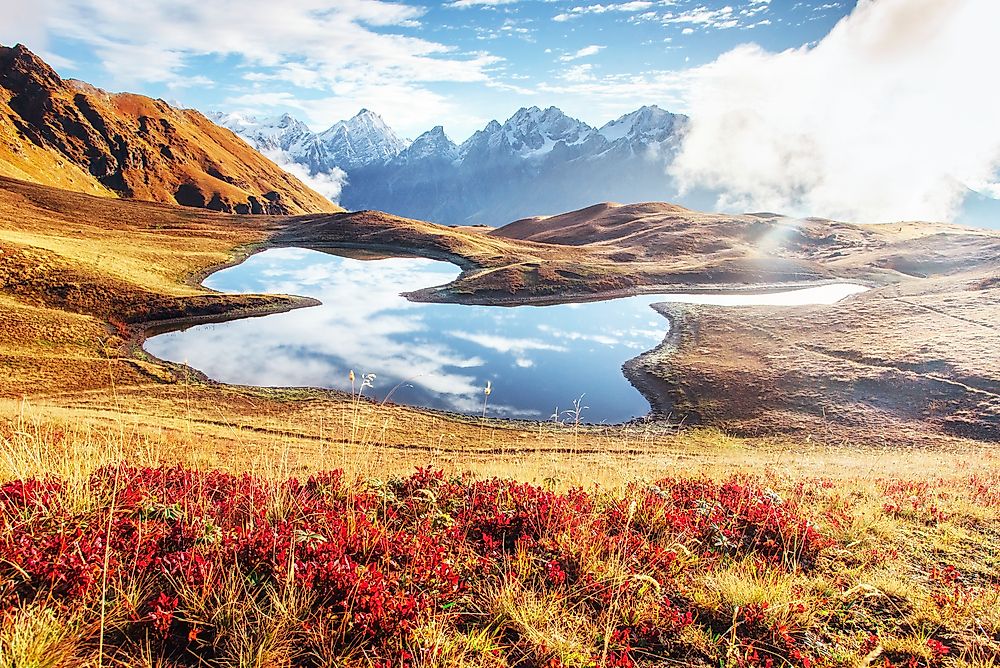The Biodiversity Hotspots of West Asia

Biodiversity refers to the quantity and variety of life within the earth. The levels of biodiversity differ across the earth's surface according to the climate with regions in the tropics having the most significant biodiversity on average. Despite only covering 10% of the earth's territory, tropical forests contain more species than any other place on earth at slightly over 90%. Biodiversity within the world's marine ecosystem is significantly influenced by surface temperature with regions such as the Western Pacific having the highest biodiversity. Biodiversity hotspots are different areas around the world with abundant biodiversity. Unfortunately, due to human activities, the areas face the threat of destruction. Hotspots are unevenly distributed around the world with West Asia having two hotspots: the Caucasus region and the Irano-Anatolian region.
Irano-Anatolian
The Irano-Anatolian region stretches across seven nations, which include parts of Turkmenistan, Iraq, Turkey, Georgia, Iran, Azerbaijan, and Armenia. Several ecoregions are found within its range. A wide range of plant species are found within the area including 400 plant species whose distribution is mainly limited to the Anatolian Diagonal. The region has some of the world's unique plant species such as the salt plants found in Anatolia and Iran. The section of the region located in Turkey has a variety of orchids endemic to the country most of which are classified as threatened. Individuals collect the orchids in vast quantities and utilize them to make traditional drinks. Besides the plants, the Irano-Anatolian region is also home to a unique collection of bird species. Many birds that are considered threatened or endangered breed in the Irano-Anatolian region such as the white-headed duck and the great bustard. The area is also home to around 140 species of mammals including 10 of which that are endemic to the region. The Asiatic cheetah is one of the most critically endangered mammals within this region. Several species of freshwater fish are endemic. The region faces a significant threat from deforestation which limits the habitat available for a variety of species.
Caucasus
The Caucasus region is a biodiversity hotspot found between the Caspian Sea and the Black Sea, and it overlaps six different countries which include Turkey, Russia, Iran, Georgia, Azerbaijan, and Armenia. The Caucasus Mountains are located in this region, and a section of the Greater Caucasus mountain range separates the eastern part of Europe from the western territories of Asia. The region provides habitat to nearly 6,400 species of plants with 1,600 being endemic. Various mammals make their home in the region including the bison and Persian leopards. The Caucasus region is home to roughly 1,000 species of spider and about 70 forest snail species. Several bird species such as the hooded crow as well as the golden eagle are found within this region. The region is one of the most threatened biological hotspots in the world mainly due to the threat of illegal logging. Pollution is also one of the significant issues that face the region, particularly in the wetlands.
Conservation
The various species that live on the earth are a critical part of the global ecosystem. Different nations and organizations are working together to protect the world's biodiversity including the United Nations Environmental Programme. Some steps have been implemented to reduce the effect of human activities on the world's ecosystem.











